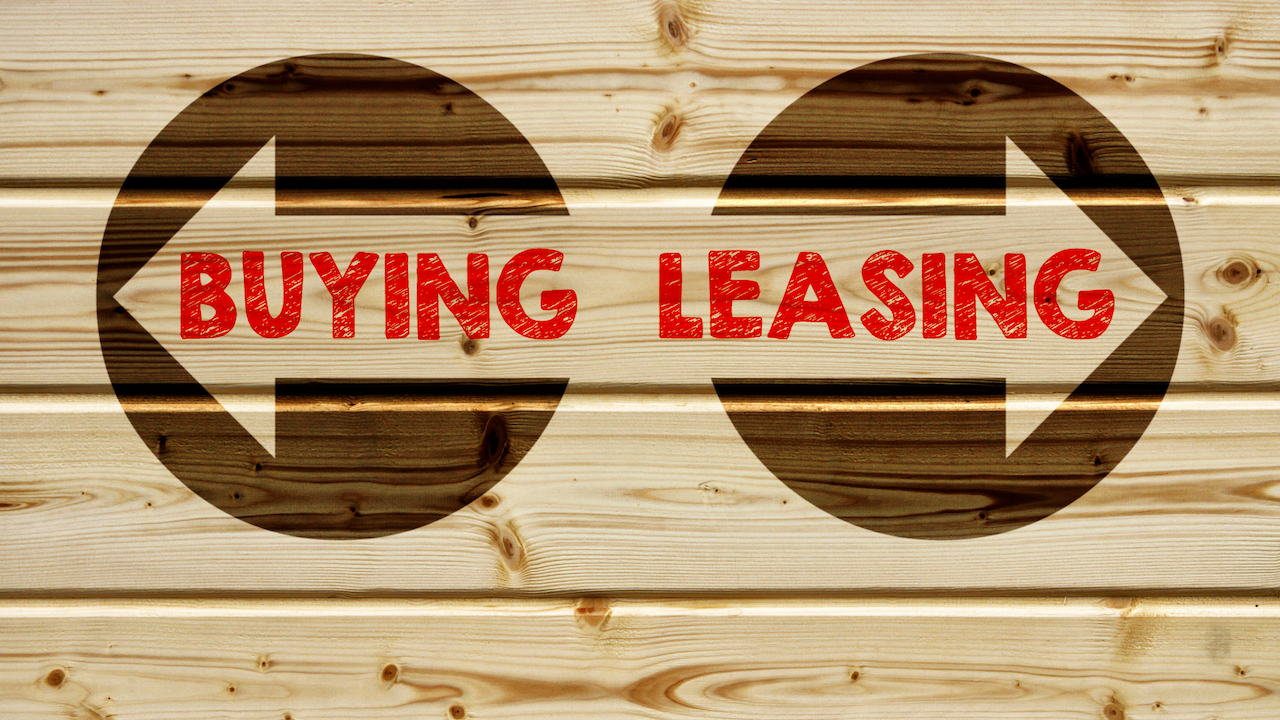Image source: Canva.com
Key Differences
Leasing Solar Panels: Leasing makes solar energy more accessible to those without the upfront cash. However, unlike buying or financing solar panels, leasing means you won’t own the equipment—instead, a third party does.
Buying Solar Panels: When you buy, you might have payment plans available. There are often additional credits based on state or manufacturer reimbursements. But there’s typically an upfront investment.
Cost of Leasing Solar Panels: On average, leasing costs between $50 and $250 per month, depending on factors like your energy usage, location, and credit score. Some companies require a down payment, while others offer $0 down agreements.
What’s the Optimal Payment Method?
Cash: Paying upfront is the cheapest way to go long-term. You’ll start saving on utility bills right away, without accruing interest.
Home Equity Loan: If you want to finance, a home-equity loan can get you a low interest rate. You’ll need equity in your home, and terms vary by lender.
Solar Loan: With a solar loan, you’ll still be eligible for rebates and incentives, but you’ll pay interest over the term.
Benefits of Leasing
Minimal Upfront Expenses: Get solar panels installed for little to no money down and start saving on utilities right away.
Steer Clear of Maintenance Expenses: Any issues with the panels are covered by the third-party owner, leaving you worry-free.
Benefits of Buying
Qualify for Cash Incentives and Rebates: Access discounts that significantly lower the overall cost of ownership.
Qualify for Cash Incentives and Rebates: Obtain discounts that notably reduce the total ownership expenses.
Ultimately, the best choice depends on your financial situation and long-term plans. Leasing is great for immediate savings while buying offers bigger long-term benefits. So, whether you’re ready to dive in or just dipping your toe, solar power has options to suit your needs and help you shine brighter!
Key points
1. Leasing vs. Buying: Leasing allows access to solar energy without upfront costs, but you won’t own the equipment. Buying entails an upfront investment but offers ownership and potential incentives.
2. Cost Considerations: Leasing typically ranges from $50 to $250 monthly, with factors like energy usage and location affecting costs. Buying involves upfront expenses, potentially offset by incentives and rebates.
3. Payment Methods: Cash payment yields long-term savings with immediate utility bill reductions. Financing options like home equity loans or solar loans offer alternatives with varying interest rates and terms.
4. Benefits of Leasing: Minimal upfront expenses and maintenance coverage by the third-party owner provide worry-free access to solar energy.
5. Benefits of Buying: Qualification for cash incentives and rebates significantly reduces ownership costs, offering larger long-term benefits.





